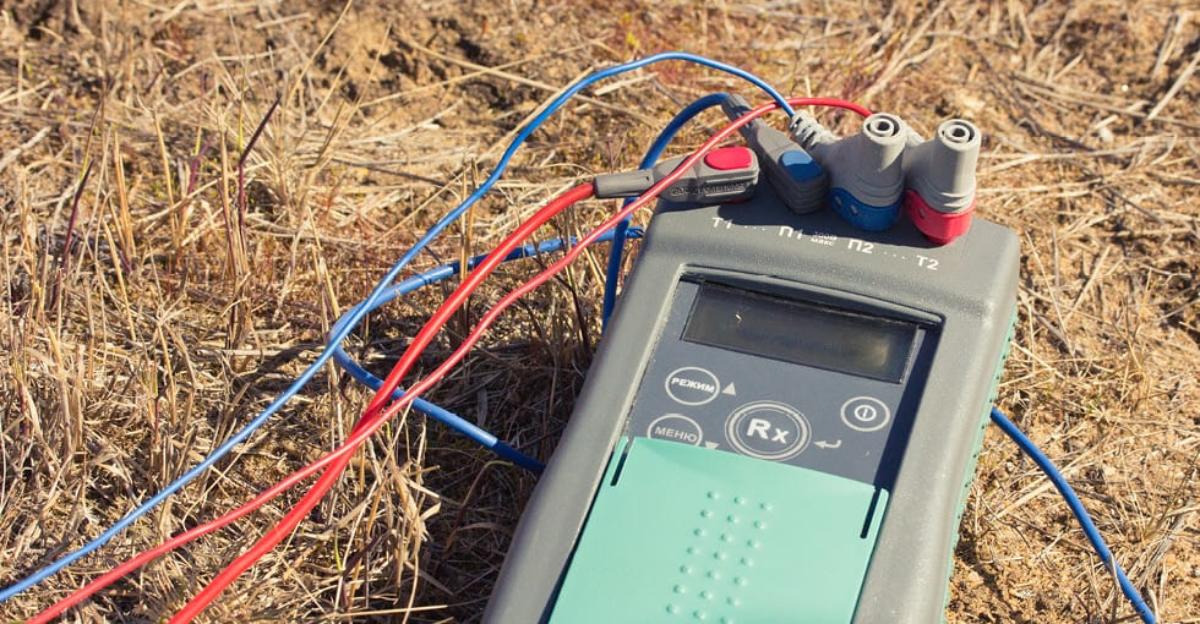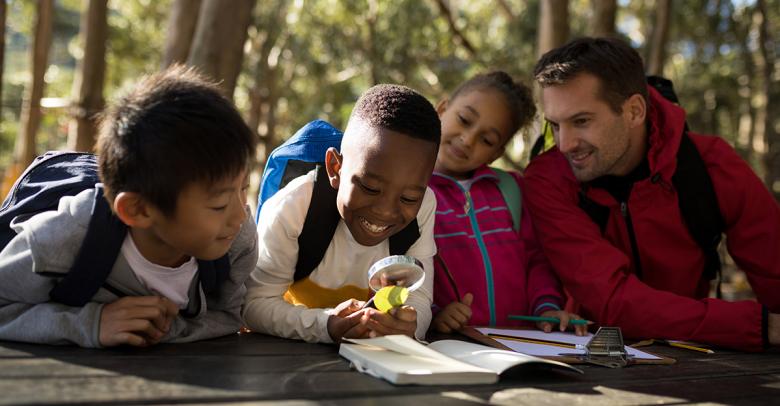In 1841, Alexander Bain (1810 – 1877) demonstrated the ability of moist dirt to aid in generating electricity–moist earth can be used as an electrolyte to create electricity in a voltaic cell. Thus an “earth battery” is a pair of electrodes, of two dissimilar metals, with moist earth used as an electrolyte. To create the battery, Bain buried plates of zinc (anode) and copper (cathode) in the ground about one meter (3.2 feet) apart, producing an output voltage of approximately 1 volt. Below, we’ve included instructions for making your very own in-classroom earth battery!
Start with STEM
- How much power [W = I * V)] does your earth battery produce?
- Could you create a series circuit (current passes through each circuit element in turn without branching) to power a small LED?
Challenge
- Have students create earth electrodes out of two dissimilar metals.
- Ask them to hypothesize what soil conditions are best for creating an earth battery. (Suggestions include: swamp or marsh muds, dry sand (no moisture), lawn soils, clay, sandy soils, acid forest soils, salty soils on roadsides after a season of winter salting.)
- Go hunting for iron bacteria and use these iron-rich muds as the battery source material.
What You Need
- aluminum rod (plate)
- copper rod (plate)
- insulated wire (stranded, 20 gauge)
- electrical tape
- multimeter
- wire strippers
Creating Earth Electrodes
- Use wire strippers to remove approximately 1.5 inches of insulation from two 2-foot pieces of wire; strip approximately 0.5-inch from the other end.
- Carefully wrap the longer stripped stranded wire around the rod(s).
Making an Earth Battery
- Identify a location.
- Insert metal electrodes and attach multimeter leads [copper (+), aluminum (-)]
- For measuring direct current voltage: set multimeter function switch to “DCV: 20” and take a reading in volts DC.
- For measuring direct current: set multimeter function switch to “DCA: 20m” and take a reading in milliamps (mA) DC.
- Calculate Your Earth Battery Power (W = I * V) Example: a lawn battery in late summer (little rain) produces a 0.65V (voltage) and 0.2mA of current. A battery power calculation results in 0.00013W (0.13mW).
Find all the supplies you need for this activity or all of your science experiments at www.FreyScientific.com






Leave a Reply